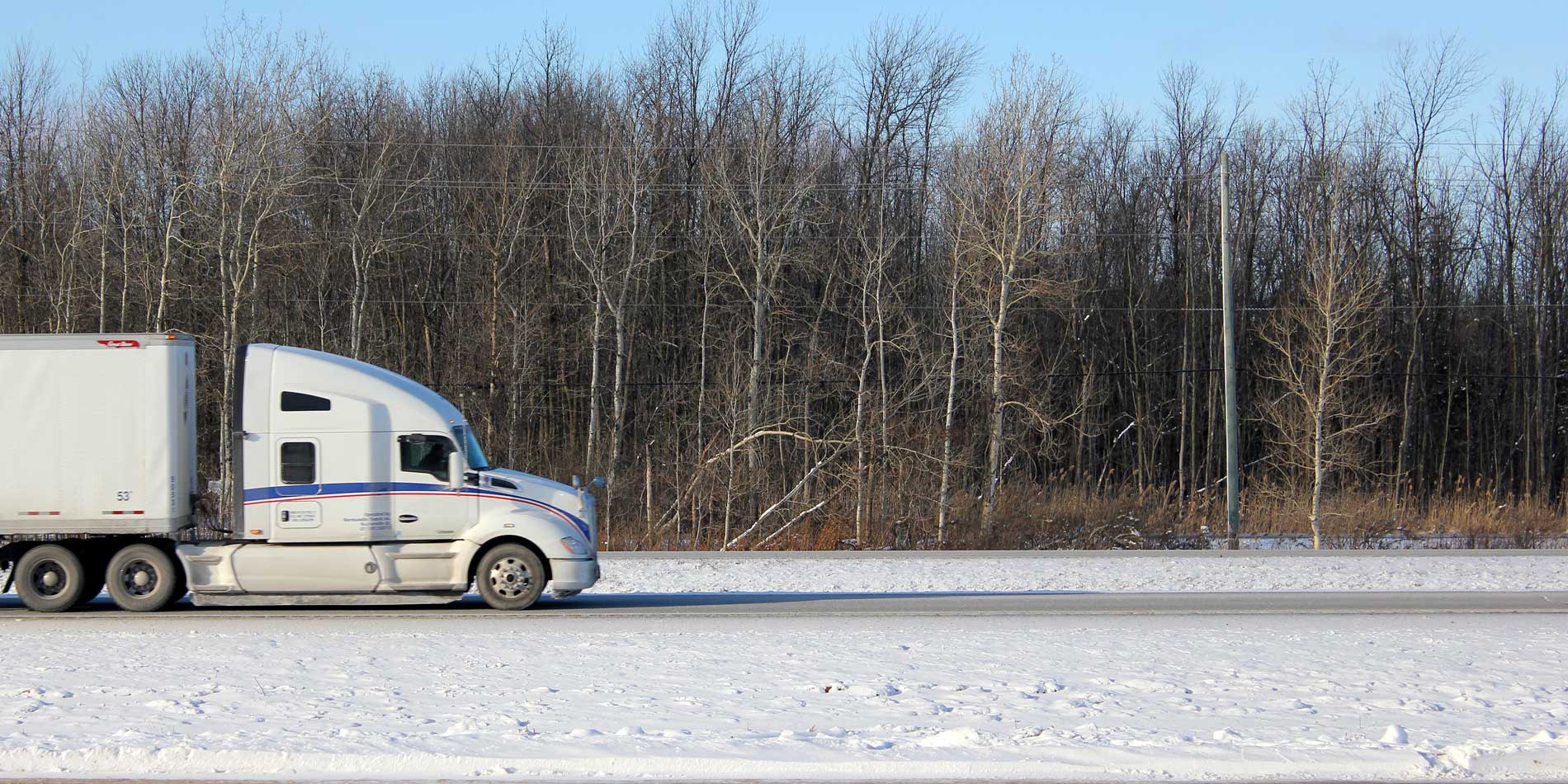
It’s the season that most fleet drivers dread...the cold, winter months that feel like they last an eternity. Not only is the bitter cold difficult to navigate in, but it can create treacherous and dangerous driving conditions. Luckily, with the right amount of preparation, knowledge, and sense, fleet drivers can work safely and productively even when the outside conditions are less than ideal. Here are six tips, tricks, and best practices to ensure that you and your fleet are adequately prepared.
1. Wiper Blade Maintenance. This step can be easily overlooked but may be detrimental to your vehicle. Before the winter months, inspect your wiper blades. Even if your wiper blades do not appear completely worn down, it is best to replace them early on so you don’t have to worry about them down the road. The last thing you want to do is be in a less-than-ideal weather situation and have your wiper blades break. It’s also best to avoid buying cheap. Pricier wiper blades are made with higher quality materials which in turn makes them more reliable and worth the higher price tag.
2. Windshield. Again, before the winter months hit, inspect your windshield. See any small cracks, scrapes, or markings? Take time to repair them right away. Cooler temperatures can quickly turn a small crack into a much larger one, significantly hindering your visibility. Carry a windshield repair kit on you to quickly fix any cracks that might occur while on the road.
3. Jumper Cables and Battery. A properly functioning battery is essential in starting your truck, and in colder temperatures, it takes more juice to work at an effective level. Batteries can last upwards of three years, but that doesn’t mean you should push that limit. It’s better to replace it earlier than waiting until the last moment, because chances are you will be in an inconvenient location. And, of course, you will want to ensure you have working jumper cables while you are checking the battery.
4. Tires (Chains, Tire Pressure). Before any long haul, it’s best to check the tire pressure on all of your tires including the spares. If you find that you may need to replace a tire, it’s best to do so before the winter months begin. Additionally, depending on your route, you may need tire chains. Each trucking company is different but they will give you the requirements for tire chains. It’s best to carry some with you, as well as a tire chain fastener so you can property fasten the chain to the tire.
5. Prepare your Fuel. For maximum fuel efficiency, you’ll want to add water and gas separators before the winter months. This is because in warmer temperatures, humidity can generate water and the water would remain in the fuel tank. To avoid freezing in the separators, drain any water from the separators.
6. Other preparations. In the worst-case scenario, if you find yourself stuck in poor conditions, you want to ensure you have enough food and water to cover yourself until you can get out of the situation. Pack warm clothing and blankets as well. Before you hit the road, carefully review what the weather forecast will be in the areas you will be driving in and take note of any road closures or detours. At Jarrett Fleet Services, we continually monitor weather alerts around the country, which can be found here.
It’s important to take the time to properly prepare and regularly maintain your fleet to avoid costly and time-consuming repairs in the future. Luckily, when you have a partner like Jarrett Fleet Services that can assist with the maintenance, you’ll have one less thing to worry about and can focus on getting your cargo to its destination safely and efficiently. Call Jarrett Fleet Services today at 330-925-5339 to discuss different maintenance packages!




